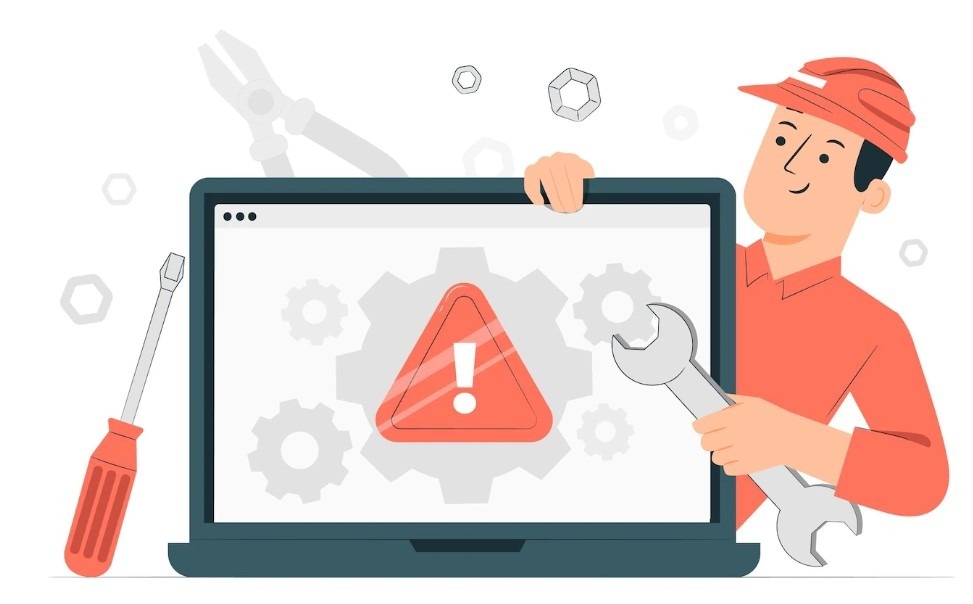Information technology has become the pillar that supports operations in the most diverse segments; therefore any instability is very costly. For this reason, incident management is one of the most important factors of successful IT service providers.
In this article, you’ll have a better understanding of the concept behind incident management, the stages that comprise it, and the tools required for every process to function properly.
What is incident management?
Incident management is a set of good practices proposed by ITIL (Information Technology Infrastructure Library) to minimize losses from unplanned interruption or a decrease in the quality of an IT service. The idea is to act quickly to restore the system operation.
The lack of well-structured incident management processes is often the root cause of problems such as:
- operational instability;
- low productivity of the service team;
- high level of customer dissatisfaction;
- negative impact on the company’s credibility.
Stages in incident management
As one of the pillars of IT support, incident management requires the implementation of robust processes, so the ITIL defines six basic stages:
1. Incident identification
The first stage refers to incident identification. Incidents are usually reported by users during their experience with the system. Here, an omnichannel platform facilitates the submission of support tickets by users through multiple points of contact.
It’s important to set service standards for every type of incident at the help desk and service desk. Every ticket should be logged, providing a comprehensive and strategic view of the operation, allowing the identification of recurring failures.
2. Incident categorization
Incident logs have to be classified by category and priority. In this case, the impact of every occurrence on the operation as a whole and the time estimated for incident resolution should be considered.
IT incident management, from ticket start to closusre, also contributes to the creation of a knowledge base. With this information at hand, it’s easier to identify and resolve recurring issues.
3. Diagnosis
Incident diagnosis focuses on investigating the causes and possible solutions of an incident. Part of this work is done right after opening a ticket, when the service team asks questions to the user in order to collect as much information as possible about the situation.
With a more detailed diagnosis, incidents can be resolved faster. Also, comprehensive information enriches the knowledge base, which helps service agents when logging, categorizing, and forwarding incoming calls.
4. Resolution
In this stage, incidents are resolved, which largely depends on whether the previous steps have been properly performed. In addition to a solid knowledge base, training to service team acting at different levels makes the difference so that incident resolution is fast and accurate.
5. Closure
After an incident is resolved, it should be closed and properly archived. This way, it is possible to use these data whenever required, whether to address a new ticket, train the team or develop action plans that involve the entire operation.
6. Monitoring
When an incident is not resolved at the first contact, the monitoring stage allows your company and the client to monitor the process. It’s important that service staff and users have easy access to service logs for a good relationship between the parties.
Essential tools for incident management
You may have noticed the stages of incident management may occur simultaneously and interdependently. Therefore, the entire process must be supported by proper tools that facilitate the management of the entire life cycle of the IT service.
The Milvus platform is a comprehensive help desk and service desk solution that allows ticket opening and monitoring by:
- email;
- chat;
- web;
- app;
- telephone;
- monitored device;
- WhatsApp.
Also, users of the Milvus platform can organize and control their customer’s machines with features such as:
- registration of peripherals;
- service monitoring;
- network scanning;
- vulnerability management;
- password management;
- inventory management;
- remote access;
- software inventory.
Milvus provides a flexible, simple, and direct method to provide personalized service. With detailed and adaptable reports for each SLA, the platform is a comprehensive solution to optimize both IT management and customer relationships.
Want to know more? Contact Milvus to learn about its intelligent management resources to optimize IT processes and increase your team performance!







